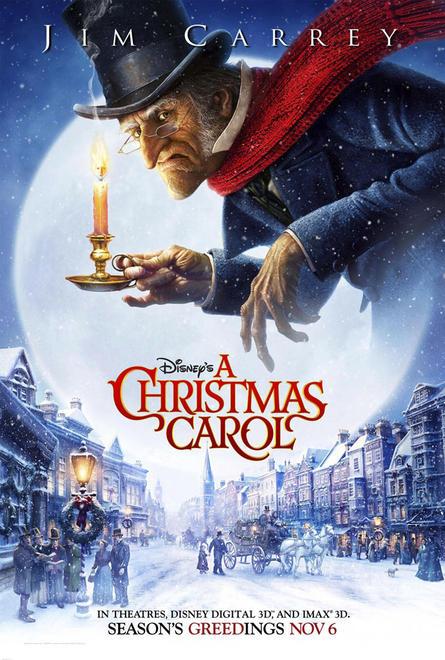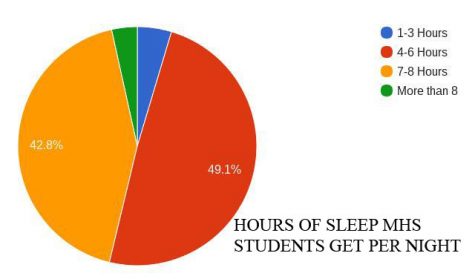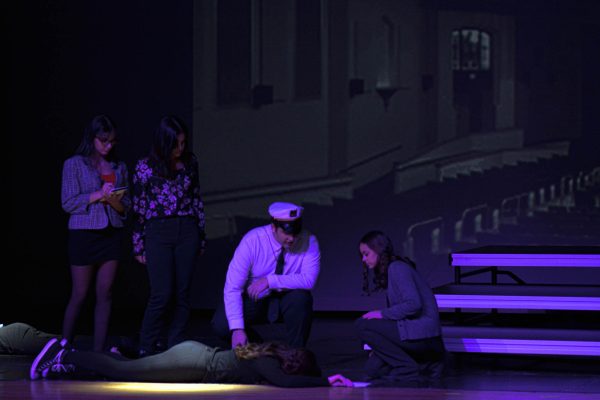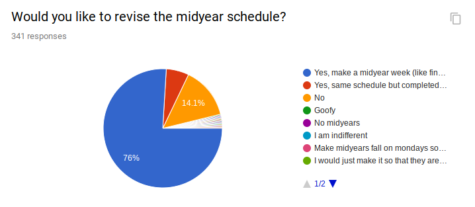A Christmas Carol (25 Days of Christmas)
By this point in time, I’m fairly sure that everybody has seen, or heard, this story told before. I mean, there are more than twenty different film versions, not including the numerous made-for-TV, stage, and book versions that have existed since 1843. This story has become an archetype of the Christmas story, a tale of an unredeemable soul who is changed by the power of Christmas. This, the newest version of that tale, is the first version of the story to be told in a every-quickly growing new style of film, all CGI. So, is the motion capture-fest worth your time, or should you stick to one of the many other versions? Is this “ending-the-first-paragraph-with-a-question” thing overly cliché? The answers to these to questions may not be the same.
The story of this movie is the same as most adaptations of the Charles Dickens story, following a mean old man named Scrooge, who hates Christmas vehemently. The season of cheer, he believes, is just a waste of money, and he barely gives his worker, Cratchit, anything near a Christmas vacation. On Christmas eve, however, he is met by three ghostly spirits, who attempt to save his soul by reminding him of the suffering in the world, which Scrooge has neglected all his life.
Analyzing the plot of this film would be essentially pointless; it is the same as all the other adaptations, with the same timeless message against greed and grouchiness. The real changes that have occurred over the years, separating the good adaptations from the bad ones, are those in terms of acting. The actor who plays Scrooge has to be mean and unlikeable, but has to believably change his ways throughout the film. In this movie, Scrooge is played by Jim Carrey, who also plays the three ghosts, who does a good job with the role. Good, not great. He nails the beginning, as the meaner Scrooge, but his transformation is more drastic than it is believable. The fun Scrooge at the end just seems like Jim Carrey being himself, which is less interesting than seeing him play a bad guy, which is very rare. Cratchit, played by Gary Oldman, is also good, but isn’t in the film enough to make any kind of major impact.
And then there is the CGI animation. I already complained about this a lot in the Polar Express review, so I’ll keep it brief. I’m not a big fan of movies that are shot like this, as the realistic looking animation seems to defeat the purpose of having animation in the first place. It creates an unusual feeling on screen and, though this movie has better and more advanced animation than Polar Express, it still looks odd. I think they would have been better off with traditional animation.
If you are a fan of the original story, or of Jim Carey, check it out. But, if you’re just looking for one adaptation to watch, and want the best, I recommend the 80’s version starring George C. Scott.










![Photo: [sbrhsshowchoir] Amplify performing at Connecticut Classic. Instagram, 3/4/23](https://www.sbrhsbreeze.org/wp-content/uploads/2023/03/image0-37-475x353.jpeg)




